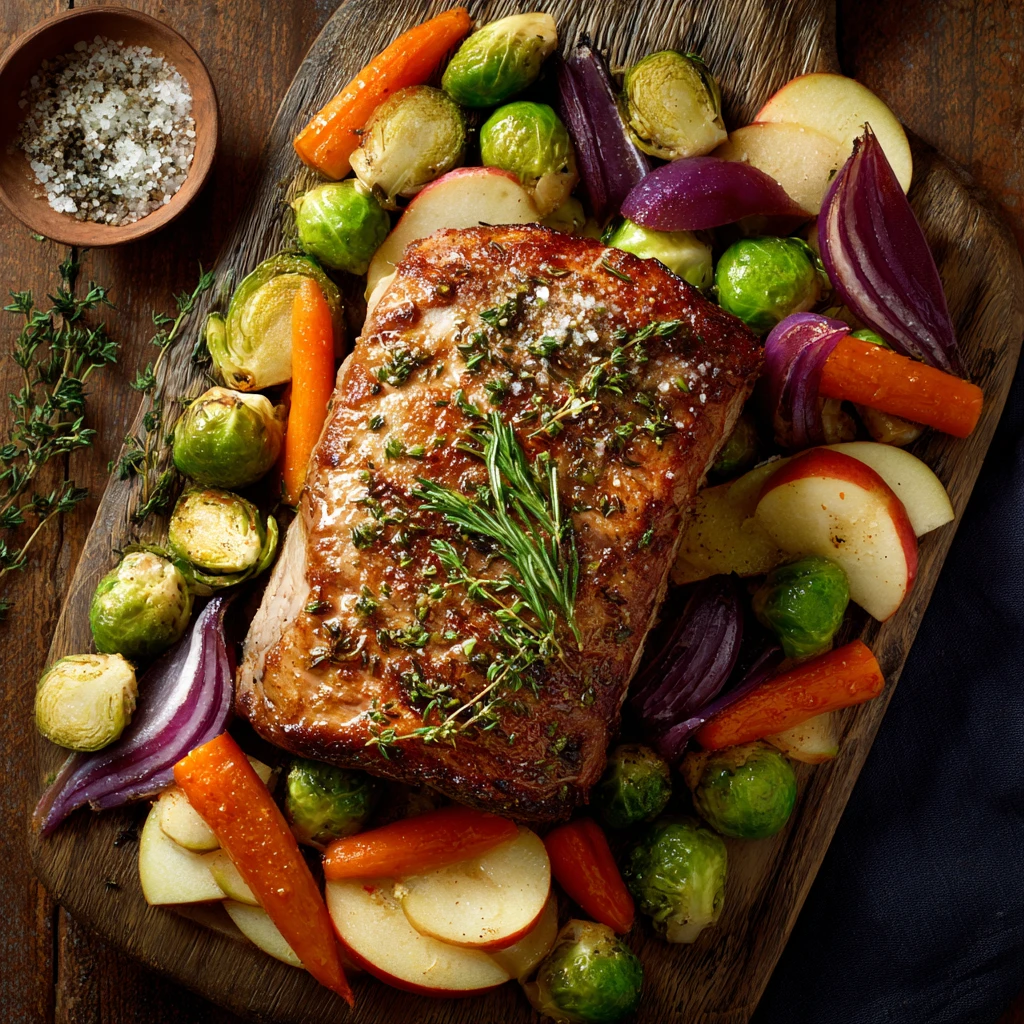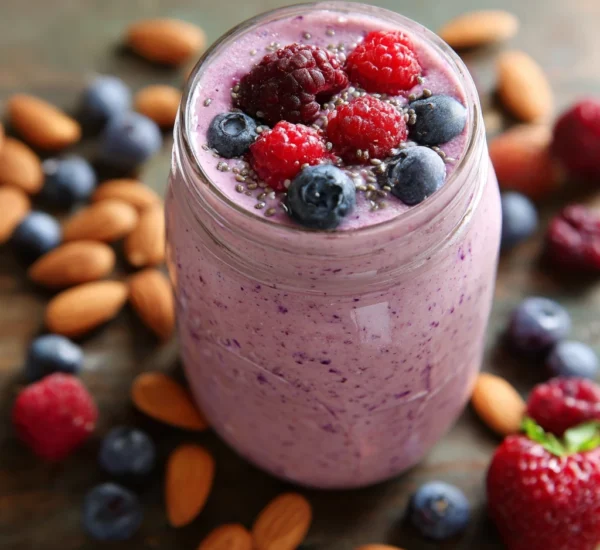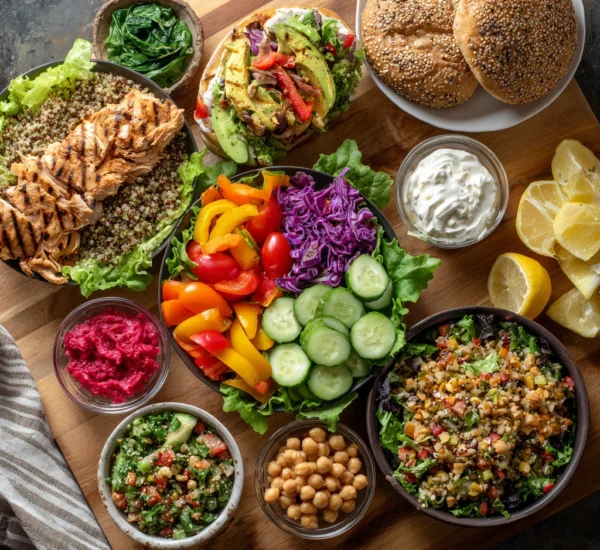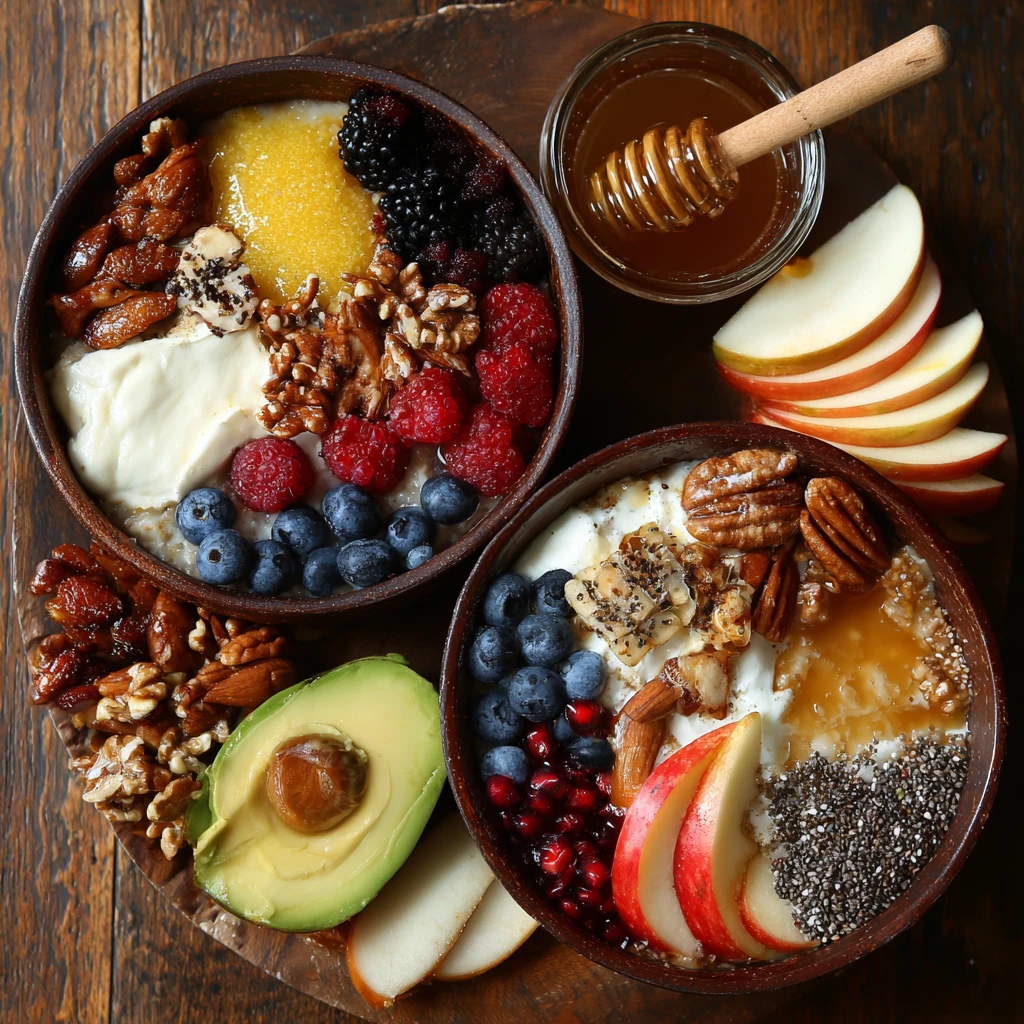Flavorful Roasts with Seasonal Vegetables: A Culinary Journey Through the Year
Roasting is a cooking technique that elevates simple ingredients into a symphony of flavor. When paired with seasonal vegetables, it becomes a versatile and satisfying way to enjoy the bounty of each season. This guide explores the art of creating flavorful roasts, focusing on the best vegetables to use throughout the year and offering tips for achieving the perfect roast every time.
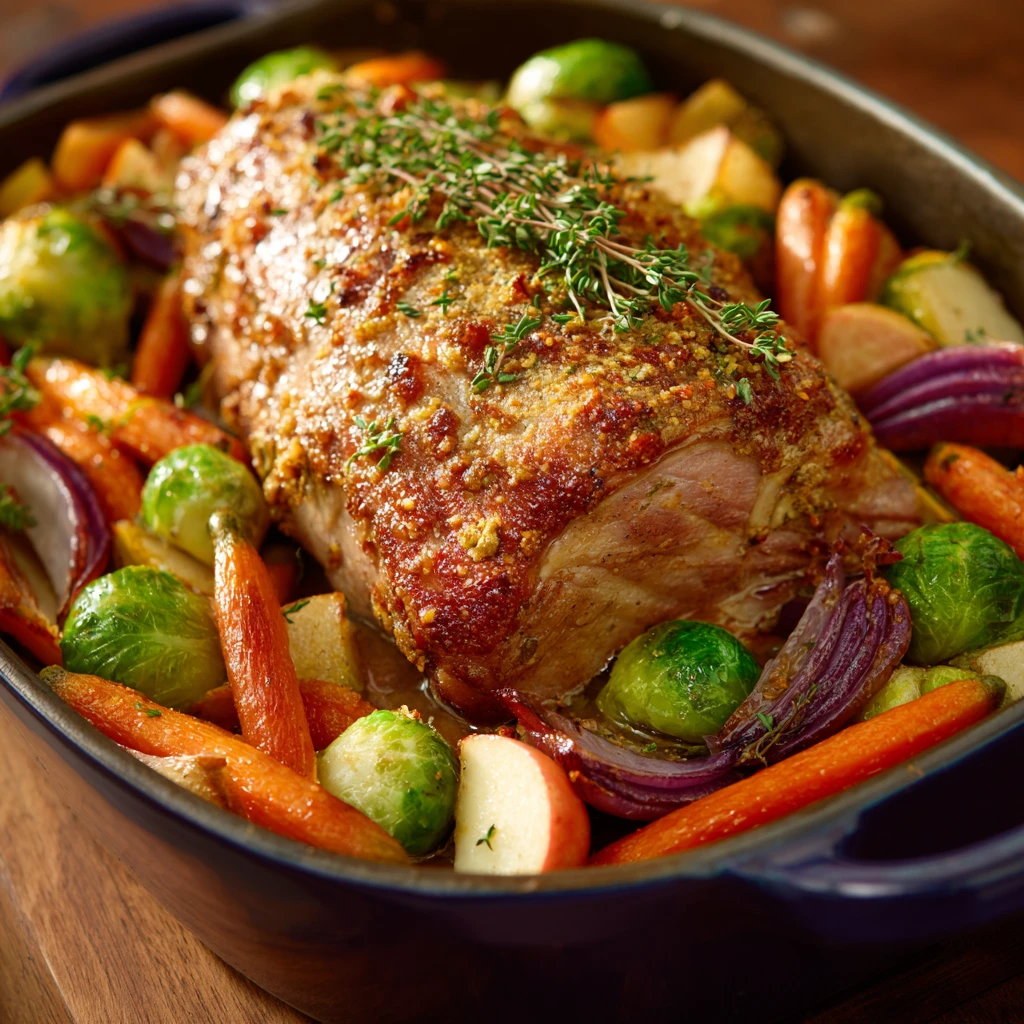
The Art of the Perfect Roast
Roasting, at its core, is a simple process: cooking food in an oven using dry heat. However, mastering the art of roasting requires attention to detail and an understanding of how different ingredients react to heat. Several factors contribute to a successful roast:
- Temperature: Optimal roasting temperatures range from 325°F (160°C) to 450°F (232°C), depending on the type of protein and vegetables. Lower temperatures are ideal for slow roasting, resulting in tender, fall-off-the-bone meats, while higher temperatures create crispy exteriors.
- Preparation: Proper preparation is key. Patting your protein dry before roasting ensures a beautiful sear. Toss vegetables with olive oil, herbs, and seasonings to enhance their flavor. Cutting vegetables into uniform sizes promotes even cooking.
- Timing: Cooking times vary significantly depending on the size and type of protein and vegetables. Using a meat thermometer is the most accurate way to determine doneness. Remember that the internal temperature will continue to rise slightly after removing the roast from the oven.
- Resting: Allowing the roast to rest for 10-15 minutes before carving is crucial. This allows the juices to redistribute throughout the meat, resulting in a more tender and flavorful final product.
Choosing Your Protein
The beauty of roasting lies in its versatility. From chicken and turkey to beef and pork, a wide variety of proteins can be transformed into a delectable centerpiece.
- Chicken: A whole roasted chicken is a classic for a reason. Its relatively short cooking time and crowd-pleasing flavor make it an excellent choice for a weeknight meal. Consider stuffing the cavity with herbs, lemon, and garlic for added aroma.
- Turkey: While often reserved for holidays, a roasted turkey can be enjoyed year-round. Brining the turkey before roasting helps to keep it moist and flavorful.
- Beef: A roast beef, whether it’s a tenderloin, ribeye, or sirloin, is perfect for a special occasion. Sear the beef on all sides before roasting to create a flavorful crust.
- Pork: Pork loin and pork shoulder are both excellent choices for roasting. Pork shoulder benefits from low and slow cooking, resulting in incredibly tender pulled pork.
Essential Seasonings and Flavor Enhancers
The right seasonings can elevate a simple roast to extraordinary heights. Consider these flavor boosters:
- Herbs: Fresh herbs like rosemary, thyme, and sage are classic choices for roasting. They can be added whole to the roasting pan or chopped and mixed with olive oil to create a flavorful marinade.
- Garlic: Garlic adds a pungent aroma and depth of flavor. Use whole cloves for a subtle garlic flavor or minced garlic for a more intense taste.
- Citrus: Lemon, orange, and grapefruit can add a bright, zesty note to your roast. Use citrus zest and juice in marinades or tuck citrus wedges into the cavity of a chicken or turkey.
- Spices: Experiment with different spices to create unique flavor profiles. Smoked paprika, cumin, and chili powder add warmth and depth, while ginger and star anise create an Asian-inspired flavor.
Seasonal Vegetable Pairings: A Guide Through the Year
The best way to enjoy a roast is by pairing it with fresh, seasonal vegetables. Each season offers a unique array of produce that complements the flavors of roasted meats and poultry.
Spring
Spring vegetables are known for their vibrant colors and delicate flavors.
- Asparagus: Roasted asparagus becomes tender-crisp with a slightly nutty flavor. Toss it with olive oil, salt, and pepper, and roast alongside your protein during the last 15-20 minutes of cooking.
- New Potatoes: These small, thin-skinned potatoes are naturally sweet and creamy. Roast them whole or halved with olive oil, herbs, and garlic.
- Radishes: Roasting radishes mellows their spicy bite and brings out their sweetness. Toss them with olive oil and roast until tender-crisp.
- Peas: While fresh peas are best enjoyed raw, they can also be roasted briefly to intensify their sweetness. Toss them with olive oil and roast for the last 5-10 minutes of cooking.
Summer
Summer vegetables are bursting with flavor and sunshine.
- Tomatoes: Roasting tomatoes concentrates their sweetness and creates a rich, jammy texture. Use cherry tomatoes, Roma tomatoes, or heirloom varieties.
- Zucchini and Squash: These versatile vegetables roast beautifully, becoming tender and slightly caramelized. Cut them into chunks and toss with olive oil, herbs, and spices.
- Bell Peppers: Roasted bell peppers become sweet and smoky. Use a variety of colors for a visually appealing dish.
- Corn on the Cob: Roasting corn on the cob brings out its natural sweetness. Husk the corn, brush with olive oil, and roast until tender and slightly charred.
Autumn
Autumn vegetables are hearty and comforting, perfect for cool-weather meals.
- Root Vegetables: Carrots, parsnips, sweet potatoes, and beets are all excellent choices for roasting. Their natural sugars caramelize in the oven, creating a sweet and savory flavor.
- Brussels Sprouts: Roasting Brussels sprouts brings out their nutty flavor and crispy edges. Toss them with olive oil, balsamic vinegar, and bacon for a delicious side dish.
- Butternut Squash: This sweet and nutty squash is perfect for roasting. Cut it into cubes or roast it whole.
- Apples: Roasted apples add a touch of sweetness and acidity to your roast. Core the apples and stuff them with cinnamon, brown sugar, and butter.
Winter
Winter vegetables are robust and flavorful, providing essential nutrients during the colder months.
- Potatoes: Russet potatoes, Yukon gold potatoes, and fingerling potatoes all roast well. Toss them with olive oil, herbs, and garlic.
- Onions: Roasting onions brings out their sweetness and softens their strong flavor. Use yellow onions, red onions, or shallots.
- Garlic: Whole heads of garlic can be roasted alongside your protein, resulting in a sweet and mellow garlic flavor.
- Winter Squash: Acorn squash, spaghetti squash, and kabocha squash are all excellent choices for roasting.
Roasting Techniques for Optimal Flavor
Mastering a few key roasting techniques will elevate your dishes to the next level.
High-Heat Roasting
High-heat roasting (400°F or higher) is ideal for creating a crispy exterior on your protein and vegetables. This technique is best suited for smaller cuts of meat and vegetables that cook relatively quickly.
- Benefits: Crispy skin, caramelized vegetables, faster cooking time.
- Considerations: Requires close monitoring to prevent burning, may result in less tender meat if overcooked.
Low-and-Slow Roasting
Low-and-slow roasting (325°F or lower) is perfect for tough cuts of meat that benefit from long cooking times. This technique breaks down the connective tissue, resulting in incredibly tender and flavorful results.
- Benefits: Tender, fall-off-the-bone meat, deeply developed flavors.
- Considerations: Requires significant cooking time, may result in less crispy skin.
One-Pan Roasting
One-pan roasting is a convenient and efficient way to cook your protein and vegetables together. Simply toss everything on a baking sheet, season, and roast until cooked through.
- Benefits: Easy cleanup, allows flavors to meld together, convenient for weeknight meals.
- Considerations: Requires careful attention to cooking times to ensure even cooking of all ingredients.
Using a Roasting Rack
A roasting rack elevates your protein above the bottom of the pan, allowing hot air to circulate evenly and promoting crispy skin.
- Benefits: Crispier skin, prevents meat from steaming in its own juices.
- Considerations: Requires a roasting rack, may increase cooking time slightly.
Serving and Enjoying Your Roast
Once your roast is cooked to perfection, it’s time to carve and serve.
Carving Techniques
Proper carving is essential for presenting your roast in the best possible light and ensuring maximum tenderness.
- Resting: Allow the roast to rest for 10-15 minutes before carving.
- Sharp Knife: Use a sharp carving knife to make clean, even slices.
- Against the Grain: Carve against the grain of the meat to shorten the muscle fibers and make it easier to chew.
Sauce and Gravy
A flavorful sauce or gravy is the perfect complement to your roast.
- Pan Sauce: Deglaze the roasting pan with wine, broth, or stock to create a flavorful pan sauce.
- Gravy: Use the pan drippings to make a rich and savory gravy.
Side Dishes
In addition to roasted vegetables, consider serving your roast with other complementary side dishes.
- Mashed Potatoes: Creamy mashed potatoes are a classic pairing for roast beef or chicken.
- Stuffing: A flavorful stuffing or dressing adds a touch of comfort to any roast.
- Salad: A fresh green salad provides a welcome contrast to the richness of the roast.
Leftovers
Leftover roast can be used in a variety of creative ways.
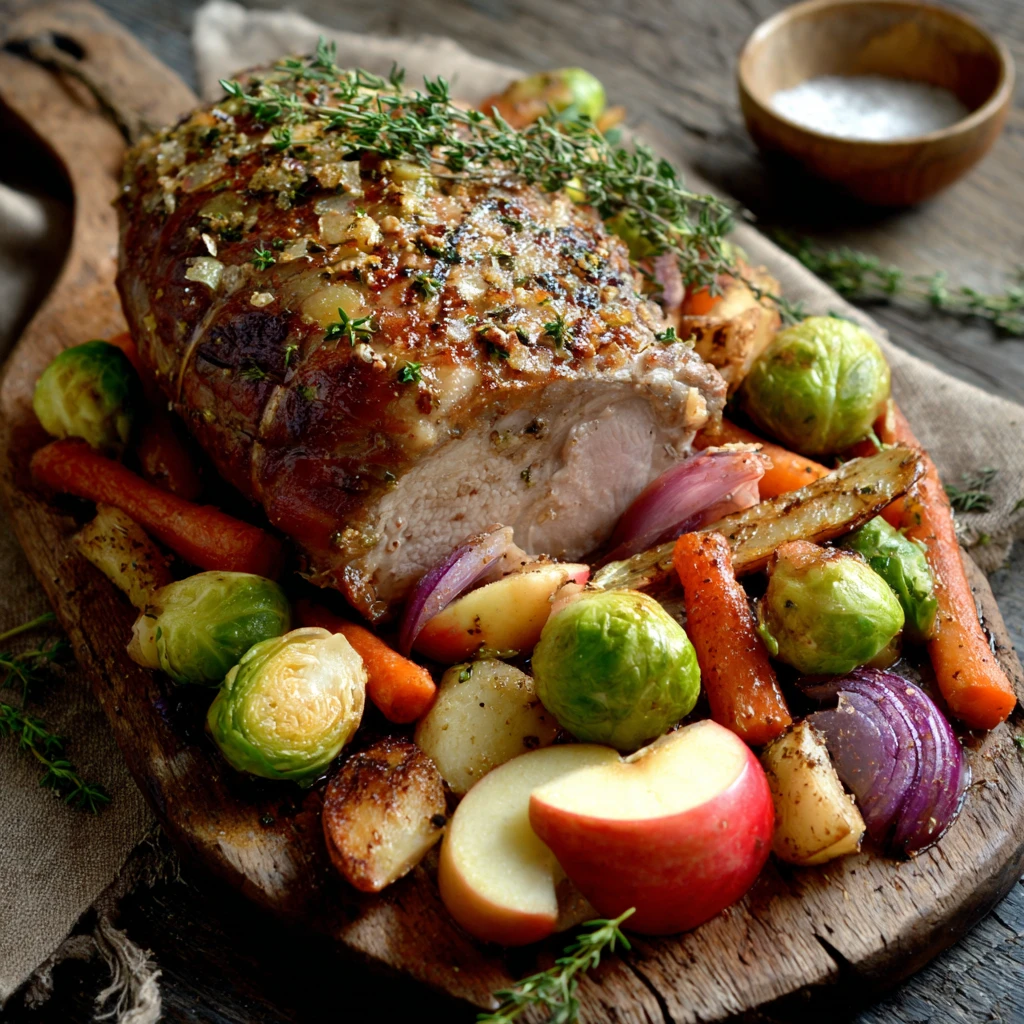
- Sandwiches: Use sliced roast beef, chicken, or pork in sandwiches with your favorite toppings.
- Salads: Add diced roast to salads for a protein boost.
- Soups and Stews: Use leftover roast in soups and stews for added flavor and substance.
Frequently Asked Questions (FAQ)
- What temperature should I roast my vegetables at? A good starting point is 400°F (200°C), but you may need to adjust depending on the specific vegetables and your oven.
- How long should I roast vegetables? Roasting times vary depending on the type and size of the vegetables. Start checking for doneness after 20 minutes.
- Do I need to peel my vegetables before roasting? It depends on the vegetable. Root vegetables like potatoes and carrots can be roasted with their skins on, while others like butternut squash may be easier to peel before roasting.
- Can I roast frozen vegetables? Yes, but they may not get as crispy as fresh vegetables. Add them to the roasting pan a few minutes later than you would fresh vegetables.
- What's the best oil to use for roasting? Olive oil is a great all-purpose option, but other oils like avocado oil or coconut oil can also be used.
- How do I prevent my vegetables from burning? Make sure to toss them with enough oil and don't overcrowd the roasting pan. You can also lower the oven temperature slightly or add a bit of water to the pan to create steam.
